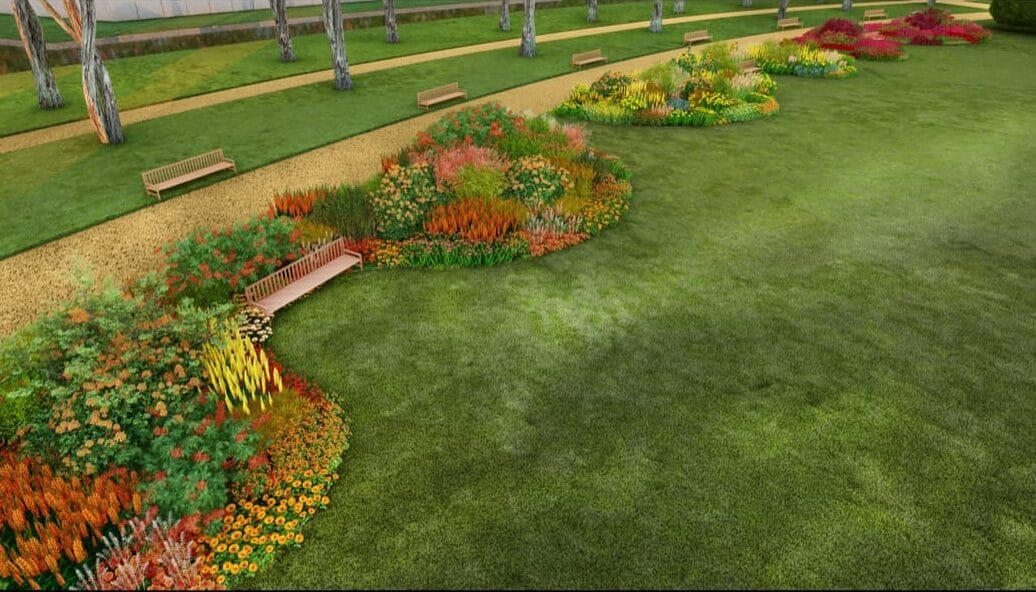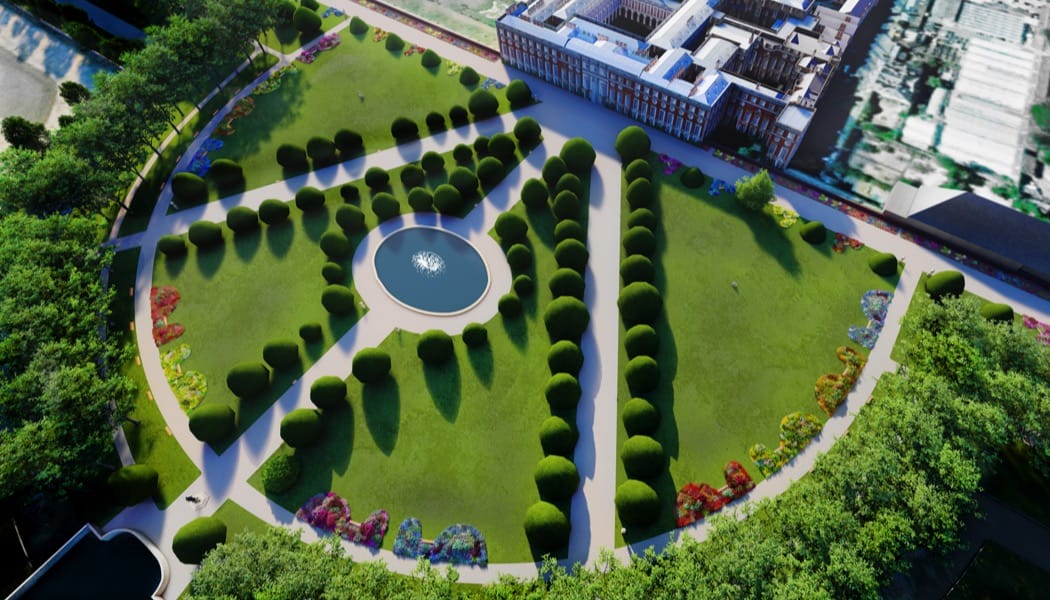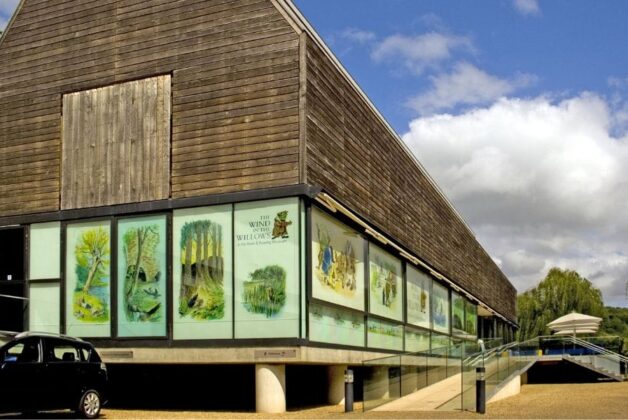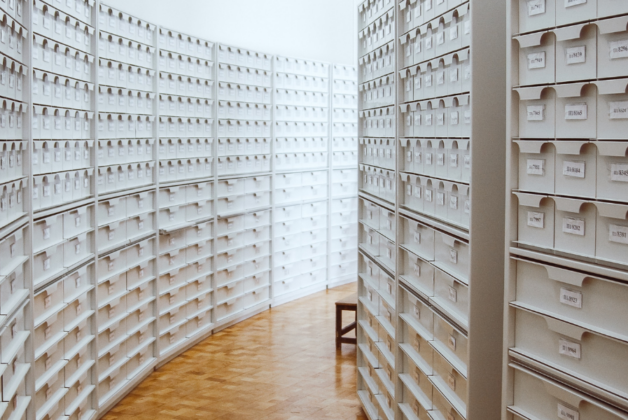Image: Great Fountain Garden at Hampton Court Palace Redesign Render © Historic Royal Palaces and Ann-Marie Powell
Historic Royal Palaces creates collection featuring 60 echinacea flower varieties as part of sustainability project.
Historic Royal Palaces will establish a National Collection of purple coneflower, or Echinacea Purpurea, across Hampton Court Palace’s grounds.
The collection will include 60 distinctive varieties of the flower, which is part of larger sustainability focussed redesign of its Great Fountain Garden. The charity said the collection will serve as both a biodiversity resource and conservation tool.
It forms part of Historic Royal Palaces’ broader Sustainability Action Plan, which commits to achieve nature-positive and carbon net zero status by 2050.
The Great Fountain Garden was created between 1689 and 1696 under King William III and Queen Mary II, when it was designed by Daniel Marot in the formal Anglo-Dutch style.
Garden designer Ann-Marie Powell is leading the redesign.
“Our design is about reimagining beauty through the lens of sustainability, resilience, and biodiversity. We’re not just planting for visual impact—we’re planting for pollinators, for changing weather, for longevity. Every plant has a purpose and a place,” said Powell.

“It’s our hope that everyone who walks through this space will find something that speaks to them—whether it’s a plant they recognise, a bee at work, or just a moment of wonder.”
The broader garden scheme will use a ‘no-dig’ approach to preserve soil structure and support carbon sequestration.
Alex Wigley, Head of Parks and Gardens at Historic Royal Palaces, said:”We’re building it from the ground up—protecting soil, locking in carbon, and planting for resilience.”
The planting phase is scheduled to begin in Autumn 2025.





